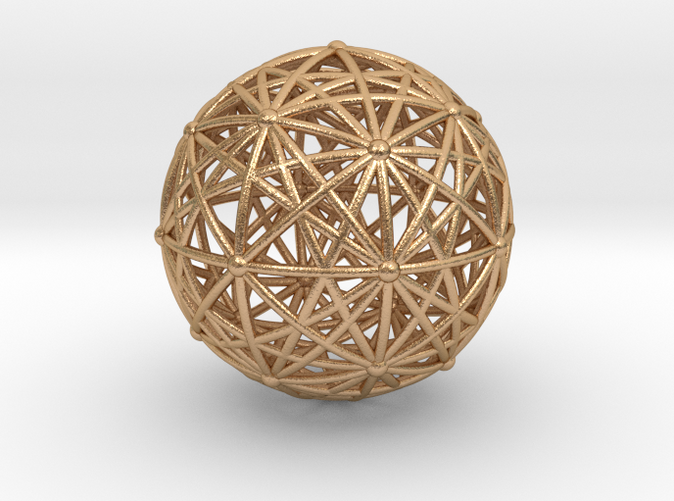Product Description
The Dobble game (Spot it) is based on great mathematics.
Combinatorics are mixed with algebra and topology.
In this game, a card has a set of symbols and each pair of cards has one and only one common symbol.
It is not possible to build such a set at any given orders.
But the simplest solutions are when the order is a prime number (for an order 3, there are 4 symbols per card / for an order 5, there are 6 symbols per card).
When the order is a prime number, the core of the set structure can be seen either as a set of mutually orthogonal latin squares (combinatorics) or as finite algebraic geometry ("finite" means that there is a limited number of points in the geometry space).
In the later interpretation, it's possible to represent the set of cards as points and the symbols as lines.
The fact that any pair of cards has one and only one common symbol is then equivalent to the fact that any pair of points has one and only one line connecting these two points.
These lines have an affine equation (y = ax + b) using modular arithmetic (arithmetic similar to a clock where 11+1=0).
This is where topology comes in.
One way to represent these connections is with a flat torus i.e a square where opposite sides are identified i.e considered the same (like in a clock where 12 is considered the same as 0).
This set of point has then the same topology than a torus (a 2D surface in a 3D euclidian space).
A flat torus and a torus are not exactly the same and some symmetry will be lost when transposing the flat torus geometry into a 'material" torus.
The commercial game has a slightly different topology since additional cards/points are created with an additional symbol/line . This line can be seen as an horizon line where parallel lines (affine equation y = ax + b with same 'a') meet at the horizon (infinity). This 'extended' affine plane is called projective plane.
These additional points cannot be represented on the torus but would need a representation using the projective plane which is a non-orientable surface difficult to represent in 3D (worst than a klein bottle).
A 3D representation requires to double each point and represent them on a sphere (each 'double' points being diametrically opposed).
In this case, the projective line is (half) the great circle midway between the two 'double' points.
In this spherical representation, one point is picked as the north pole (his 'double' will be the south pole).
The horizon (projective line) is on the equator between the two poles.
Several models are available to visualize these structures.
The best level of symmetry has been considered for these 'material' geometries.
Order 3 (9 affine points for the torus + 4 projective points for the sphere):
- A torus (filled or empty) : The lines connecting each pair of points are the four circles of the torus (1 vertical, 1 horizontal and 2 Villarceau circles).
- A sphere (filled or empty) : At order 3, the symmetry is quite visible even if all vertices are not equivalent (symmetry of Catalan solid, the deltoidal icositetrahedron / dual of the rhombicuboctahedron).
Order 5 (25 affine points for the torus + 6 projective points for the sphere):
- A torus (filled or empty) : Some symmetry is lost and two of the lines (for each point) are not circles any more.
- A torus (filled or empty) with only one set of lines crossing one point.
- A sphere (filled or empty) : The symmetry is less compared to order 3 but the structure is still visible.
Odrer 1 : no design since it is trivial (a 2-circles torus and octahedron symmetry for the sphere)
Order 7 and higher : no design since it becomes too messy ! But the standard Dobble game is order 7 and is very fun !!!
